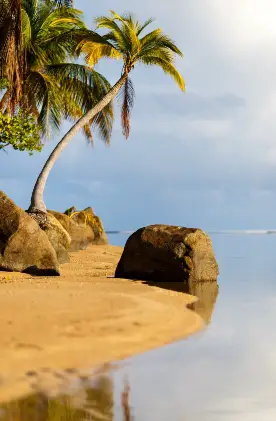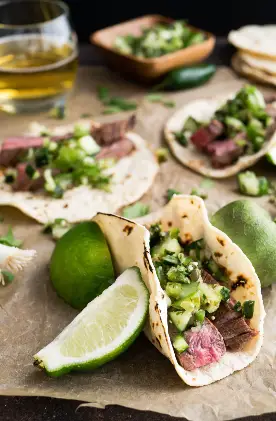Hello! My name is Valeria. I was born and raised in La Paz, Bolivia with a huge passion for traveling. I would like to introduce you to my beautifully diverse country. Be prepared to be blown away by culture and nature on this 1 month itinerary of Bolivia.
From the lowlands to the highlands, you’ll find so many different traditions, languages and landscapes here. But above all, Bolivians have a huge welcoming heart. It’s a land of so many colors and different tastes. A place where you can be surrounded by mountains and in just a few hours you can be navigating wide rivers from the Amazon basin.
Being a Bolivian for me is about loving every inch of this land, even when I’m going crazy on the streets of La Paz or whenever I have to spend more than 20 hours on a long bus ride. Being Bolivian means understanding our differences and enjoying our diversity. Keep in mind all travelers coming from abroad need to fill out the Bolivia entry form prior to your arrival.
In September last year I decided to solo backpack for a couple of days around eastern Bolivia. I had been around the Sudeste Chiquitano a few years back and wanted to explore more so I jumped into the bus without a clear idea of what I was going to do.
I arrived to Roboré around 3 or 4 in the morning and found a ride to Santiago de Chiquitos and for the following four days I was able to explore with locals the beauties of this amazing place. After visiting Tucabaca viewpoint (located 3km from the village) for sunset, I was convinced I had to check sunrise too and so we did.
I woke up at 4am and started walking with some friends I met at the village. The moon was hiding, the sky was clear and we started climbing. At 6am we were at the top. We had a complete view of Tucabaca Valley known as the best kept dried forest in the world, home to thousands of birds that were waking up. The sky turned pink and then red. A sunrise that I will never forget.
It’s moments like this that I hope you can experience in Bolivia. So, let’s get started on your amazing itinerary to Bolivia!




Bolivia Itinerary (Part 1): Santa Cruz to Uyuni
Arrive in Santa Cruz. Lowlands are a great start. While Santa Cruz is one of the most important cities in Bolivia, my advice is to get to the countryside as soon as possible. Let’s start on a four day getaway to Chochis, Tucabaca and Aguas Calientes. Here you’ll enjoy nature and amazing hikes, including swimming in a hot spring river that flows over 5km.
Return to Santa Cruz. Enjoy the warm weather and then off you go to Amboró and Samaipata. Amboró National Park is a great place to relax. I love to spend a couple of days at Refugio Volcanes since they have awesome hikes (from easy to very demanding). A bit further away is Samaipata, a small town that used to be a secret getaway but nowadays is a must-do. Make sure you visit a vineyard here!
Next is the valleys. Torotoro National Park is known to be a land of dinosaurs. This protected area has some insane rock formations, dinosaur prints, a cave that can be easily explored (with stalactites and stalagmites bigger than me!) and of course the Torotoro Canyon which is home to endangered species like the Ara Rubrogenys (Red-fronted macaw).
Sucre and Potosí are our next stops. Both cities have a special vibe where you’ll explore Bolivia’s history and culture. Sucre is one of the most important historical places home to the House of Liberty where our Act of Independence was signed.
Sucre’s old town is filled with churches and amazing rooftops (like San Felipe Neri or La Merced). You will have views for days at La Recoleta and a textile museum (ASUR) with impressive information about textile history from our indigenous people. On the other hand, Potosi, once the most important city on the continent, has a special vibe which connects our colonial history to the modern way of living in the mines.
From Potosi, the next stop is our top destination. Be prepared to explore the Uyuni Salt Flats and amazing landscapes that can’t be found elsewhere. The traditional tour is a complete 3 day adventure that includes spending one day at the biggest salt desert in the world, driving through amazing deserts and enjoying colorful lagoons (like the Red Lagoon or Laguna Colorada) home to thousands of flamingos.

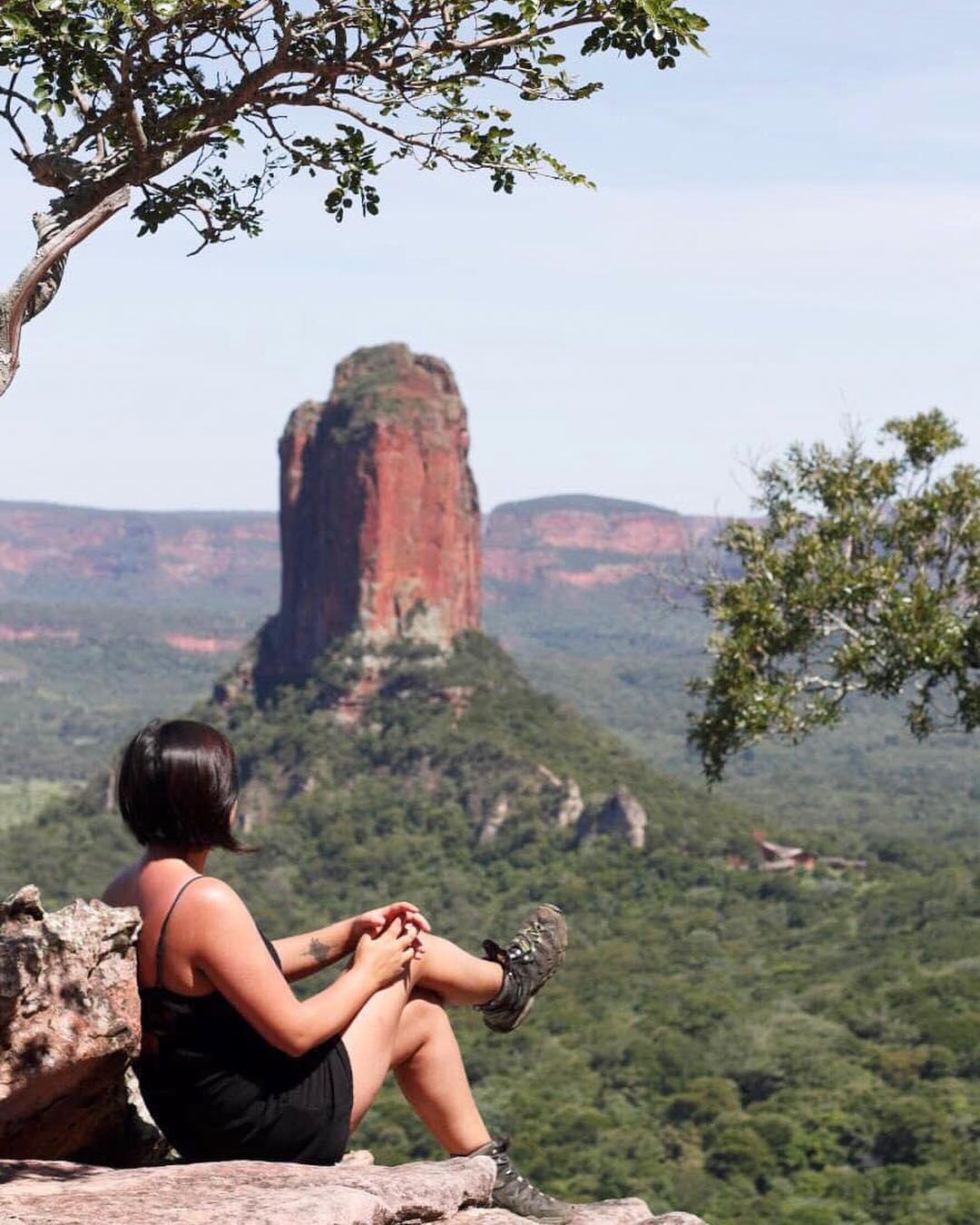
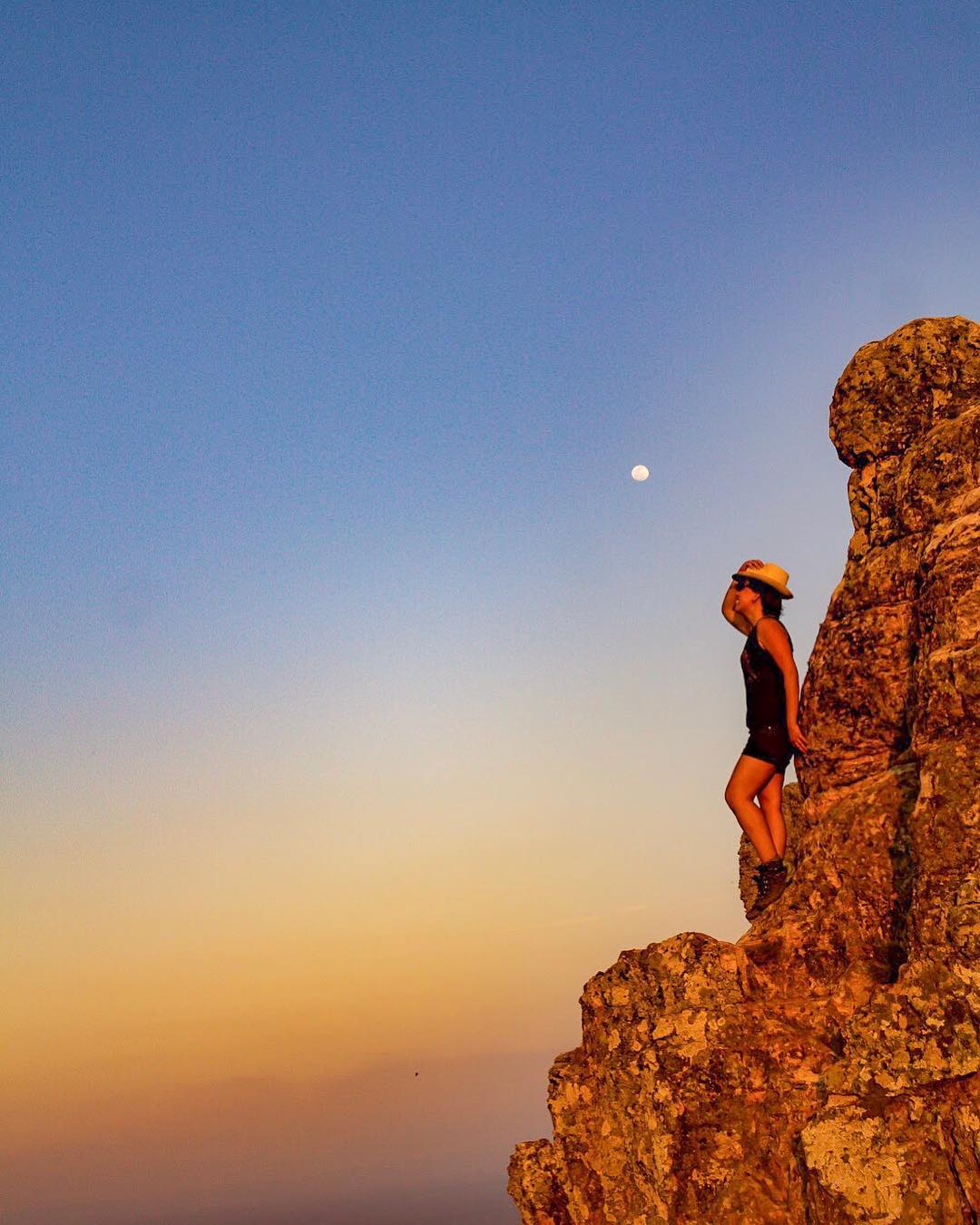
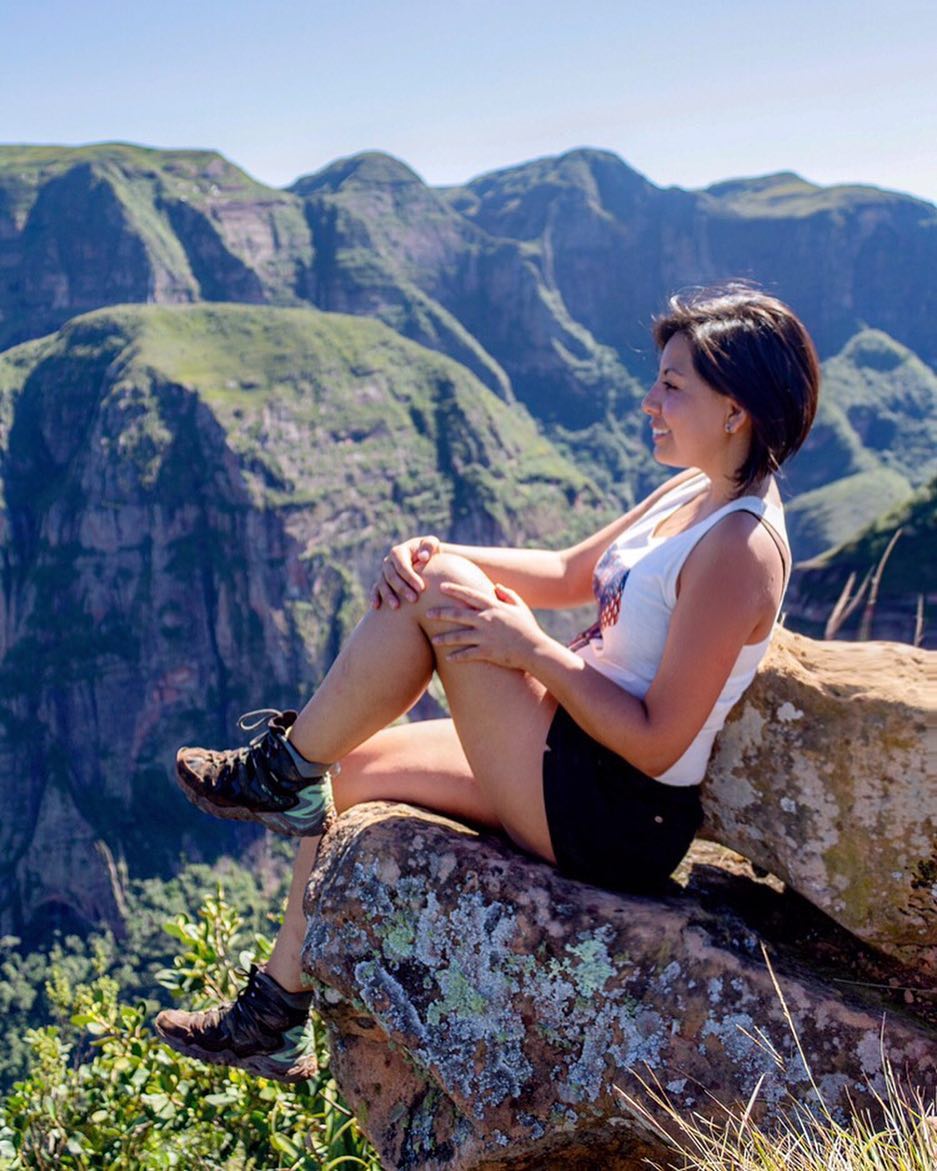
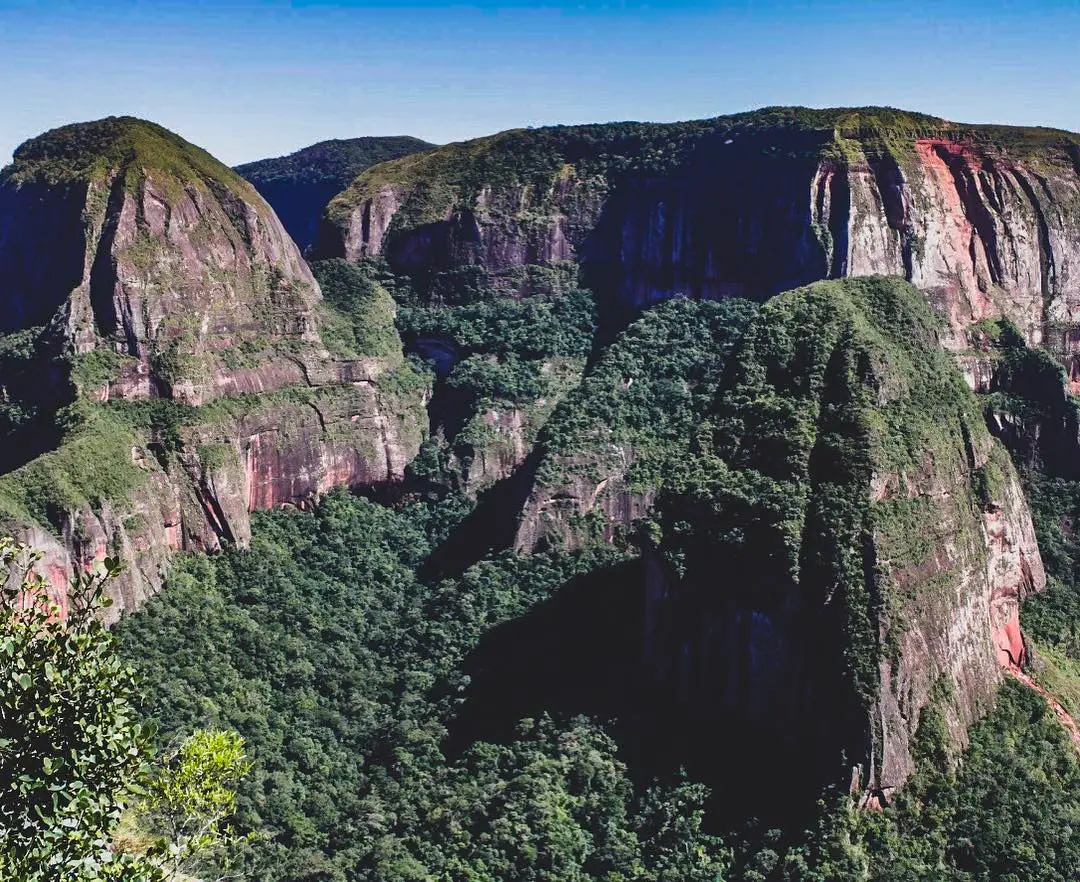



Bolivia Itinerary (Part 2): La Paz – The Amazon
After this adventure, I’m sure you’ll be ready to relax. So let’s stop in La Paz for a couple of days where you’ll enjoy crazy landscapes in a city 3,600 metres above sea level. La Paz will blow your mind — from a new and spectacular food scene to outstanding views, this city has everything.
Explore it’s colorful markets, jump on cable cars and go out and party! And when you’re done, go out and start exploring our mountains. From an easy Valle de las Animas trek, to maybe a summit (hello Huayna Potosi)!
You’ve been out in the mountains for too long now. Let’s go to the jungle! You can either take a 21 hour bus ride or an easy 45 minutes flight to Rurrenabaque, the entrance to the Amazonia. This popular destination has two sites that combined are a dream destination: the pampas and the jungle.
The jungle is Madidi National Park: one of the most biodiverse and protected areas in the world. Spend at least two days around the rainforest and you’ll understand the beauty of nature. If you enjoy bird-watching, one of the most insane places is called Caquiahuara, a place where red macaws nest.
The pampas, on the other hand is located three hours from Rurrenabaque. Here I recommend you spend at least two days. While navigating on a small peque-peque (wooden boat) you’ll see caimans, birds, turtles, capybaras, monkeys and river dolphins! It’s just AMAZING!
Return to La Paz and relax. If you have time go to Sajama National Park. Sajama is the highest mountain in Bolivia and the first national park. This place has amazing landscapes, hot springs, wildlife and it’s completely off the beaten path. Take a couple of days to explore this site.
Our last stop and for sure a very important one is Lake Titicaca. While most people go straight to Copacabana, I’ve found some hidden gems that need to be seen: Santiago de Okola is a small village on Lake Titicaca’s shore and for sure it’s a place that you’ll love. Here you can learn about their traditions and at the same time enjoy the peace of the lake.
Cap off your amazing Bolivia itinerary with a bonus destination in a wine region. Tarija and Valle de los Cintis in the south is something you shouldn’t miss if you love wine, this place has a 400 year old tradition producing wine and our national drink “Singani”. Here you’ll visit outstanding vineyards that can be easily explored in a couple of days.








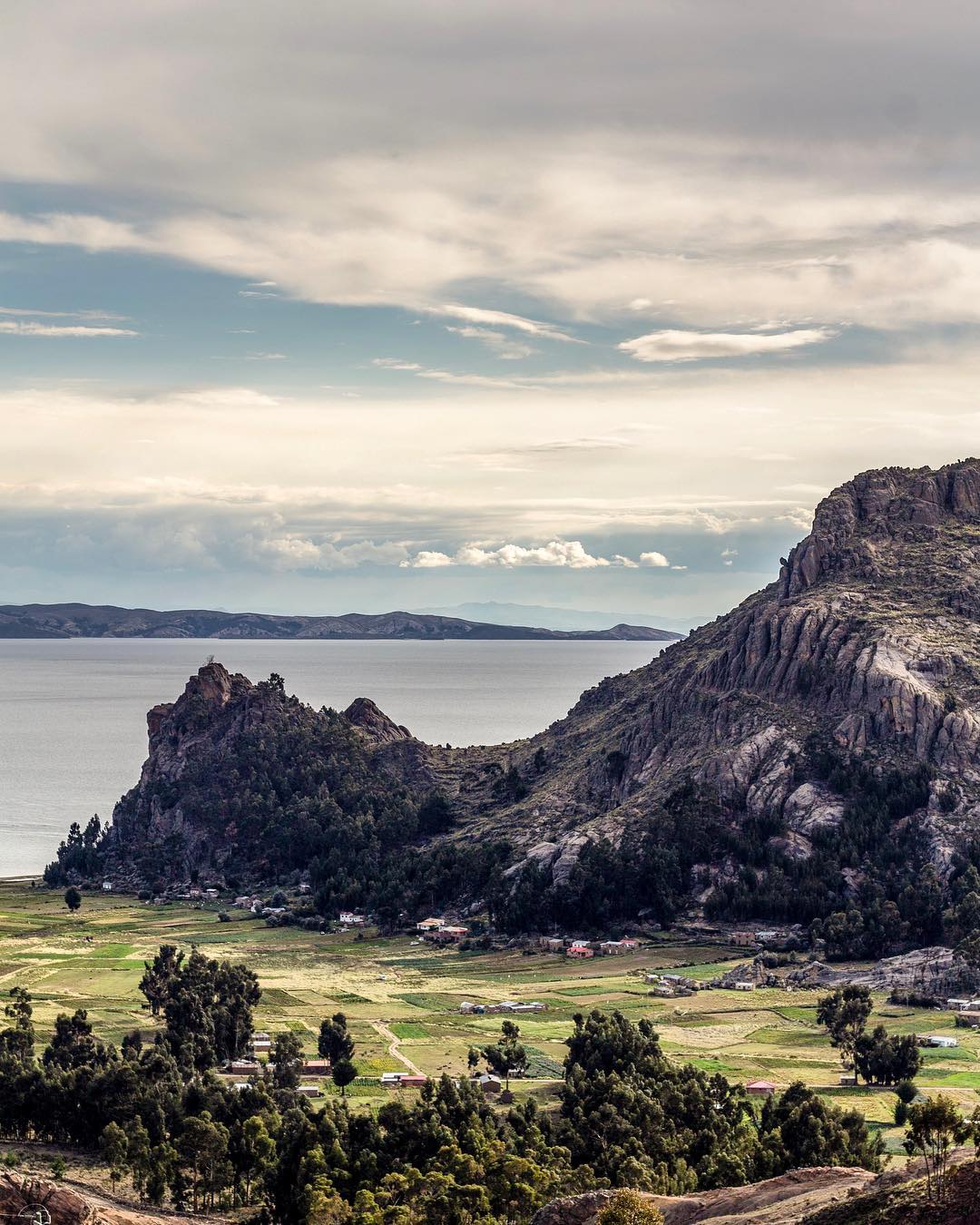

My Top 3 Destinations in all of Bolivia
Bolivia’s best destinations are found in its unique landscapes. For sure one of my favourites is Sajama National Park. I’ve enjoyed awesome sunrises and sunsets here. While the place is mainly visited by mountaineers, there are some sweet hiking spots and places to relax (like hot springs) surrounded by beautiful mountains.
Another one of my favourite places is called Tucabaca Valley. I already mentioned this place since I have one of the sweetest memories from a sunrise at the viewpoint and it’s also a place that’s off the beaten path. If I had to narrow it down to pick just 3 destinations in all of Bolivia here would be my favourites:
1) Cordillera Real: I started trekking not too long ago and was blown away by our mountains. If you grow up in La Paz you are kind of used to this snowy mountain landscape but being out there camping or trekking around those peaks is beyond awesome. The best part is that they are just around the corner! A short two-hour ride for you to enjoy a hike above 16,000 feet and landscapes you didn’t even dreamt of.
2) The Amazon: Bolivia is one of the most biodiverse countries in the world and there’s no better feeling than being out there in nature surrounded by the rainforest and its sounds. For years I was lucky enough to work on conservation and protected areas which allowed me to travel to indescribable places – seeing wildlife in their natural habitat is one of the best feelings.
While navigating in a small wooden boat (we call them peque-peque) you’ll enjoy the sound of howler monkeys and see tons of caimans, maybe later you’ll bump into sweet water dolphins, all of this in just a short boat ride and that for me, is amazing.
3) Salar de Uyuni: If you travel somewhere else you’ll see mountains, you might see rainforests but something that you won’t see anywhere else in the world is 10,000 km2 of salt. I’m sure you’ve heard of this place before and it’s on your bucket list. I’m also sure that everyone has told you to look for reflections and for sure it’s a must. Sunset and stargazing at the Salar while it’s flooded is just out of this world!


Immerse Yourself in the Wonderful Culture of Bolivia
It’s important not to miss the popular destinations but do try and visit the off-the-beaten-path places. While most people keep their itinerary to the basics (Titicaca Lake, Uyuni Salt Flats, Death Road and La Paz), Bolivia has so much more to offer.
If you want to explore Bolivia’s cultural side don’t miss Sucre (our capital) and Potosí. Great parts of our history can be seen on the streets of these two cities. Just imagine that at a certain point, Potosi was bigger than London! (it’s in the books, trust me) and that’s because Cerro Rico was one of the biggest silver mines in history.
Sucre, on the other hand, is known as the “White City” and around its colonial streets you’ll enjoy beautiful views, don’t miss San Felipe Neri, this church has the most insane views of Sucre’s old town. The best part about these two cities is that they are located near each other (it’s a three hour bus ride).
Missional Churches in the Chiquitania is another wonderful spot to experience the culture of Bolivia. While most people come to the western part of Bolivia, the east has six Jesuit Missions that have been declared World Heritage Site by the UNESCO. Not only are the church’s beautiful, but every two years a Baroque Music Festival is held in all of them.
Then there is the food of Bolivia. As I said before, La Paz is definitely becoming a foodie destination, with new restaurants taking advantage of our biodiversity and providing excellent experiences (Popular and Ali Pacha just to mention a couple). But that is not all, for me, as a traveler, the thing I enjoy the most is discovering food around the streets.
One of my favorite ones here is called “anticucho”: grilled beef hearts accompanied with potatoes and spicy peanut sauce, a night snack that you shouldn’t miss! All around Bolivia you’ll find so many different foods. The highlands diet is way more different than the one in the lowlands which give us so many new things to try.
A Few Last Tips for your Itinerary to Bolivia
Before coming to Bolivia check the season. Usually I recommend the dry season the most since it’s possible to enjoy most of our top destinations easily, especially if you’re an outdoor person like me. Rainy season is a must if you want to see the Salt flats flooded, from November through February your chances of having a mirror effect on the Salar de Uyuni are way higher.
Pack light but bring everything because you will go from freezing to hot in a couple of hours. While La Paz and the mountains are usually cold all year round, lowlands are usually hot and humid. Be careful where you eat but try everything you can. Our market food is just AMAZING and if you want to buy some souvenirs, we have great wines, chocolate and colorful handcrafted items that you can easily bargain.
I hope this Bolivia itinerary guide has inspired you to visit my beautiful country!










